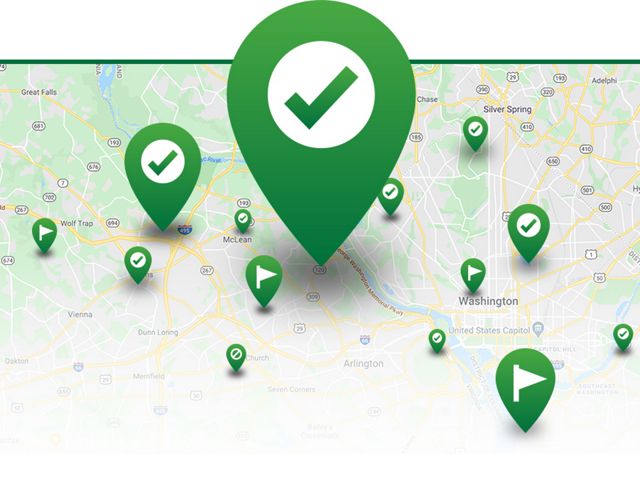Visitors will find mixed mesophytic forests, wildflowers and medicinal plants, and Appalachian herbs like great rhododendron and Canby’s mountain-lover. Cerulean warblers and other neotropical birds abound during warmer months, while endangered species like the Indiana bat, green salamander and Allegheny woodrat find sanctuary throughout the year in the remote, secluded areas of the preserve. More than 100 rare plant and animal species make their home within the preserve system.
Each preserve and trail showcases different habitat types and unique features.
E. Lucy Braun Lynx Prairie Preserve and Trail: This is the very first preserve protected by TNC in Ohio. Protection of this preserve was inspired by the renowned botanist E. Lucy Braun. Enjoy a mix of forest and prairie remnants with 1.3 miles of easy trail.
Christian and Emma Goetz Buzzardroost Rock Preserve and Trail: The most amazing view in Ohio is atop the promontory of Buzzardroost Rock. A more rugged trail with a newly updated boardwalk and overlook at the end of the 4.4-mile, moderately difficult trail.
The Charles A. Eulett Wilderness Preserve and Trail: Escape into the woods for some peace and quiet. This trail guides visitors uphill, then down into deep woods and past cool glens and gray limestone cliffs. 2.4 miles moderate loop trail.
John and Marion Becker Cedar Falls Preserve and Helen C. Black Trail: Our newest trail opened to the public in 2020. The 3-mile trail can be strenuous at times, but worth it to experience the dramatic geology and ultimately the falls.
Joan Jones Portman Preserve and Trail: TNC and Buckeye Trail Association volunteers designed and crafted the trail on this preserve through forest and prairie. This moved a portion of the Buckeye Trail off the road and into the wild. The trail is 1.6 miles if you do the full loop in and out. The Buckeye Trail continues on for another 14 miles within the TNC preserve from a point along the Joan Jones Portman Trail. That point is marked with a sign.
Single-night primitive camping is available to backpackers by written permit. See 'Buckeye Trail and Camping' tab for details.
Please check individual trail pages as activities and visitation rules are different for each trail.
Please note: Most trails do not have any restroom facilities. There is a restroom at the Dr. George Rieveschl, Jr. Creek's Bend Overlook near the Joan Jones Portman Trail.
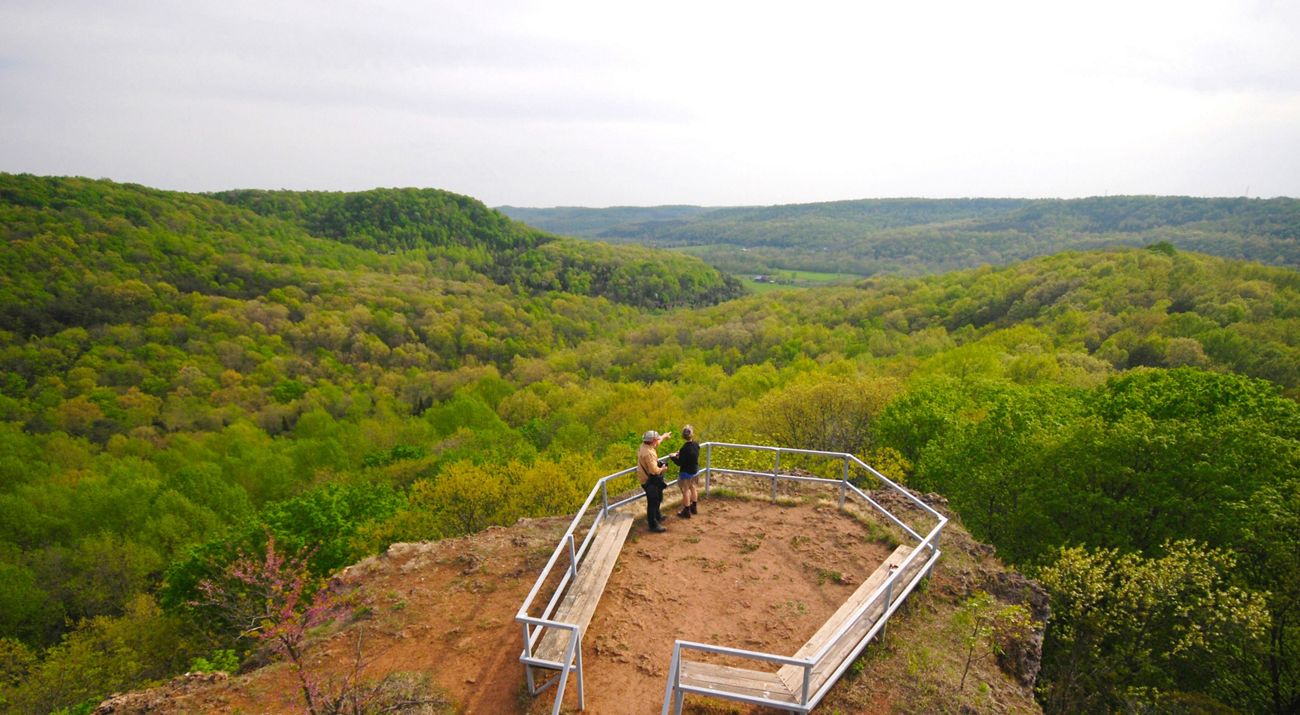

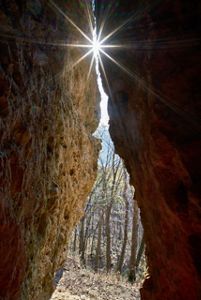



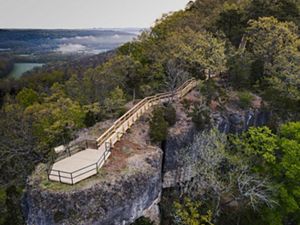

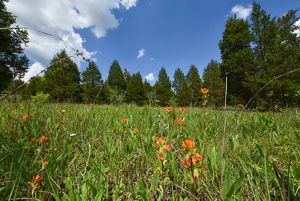
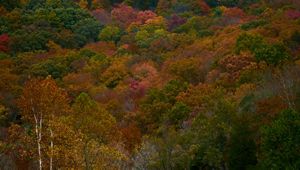


_2504x1565.jpg?crop=3%2C0%2C2497%2C1565&wid=750&hei=470&scl=3.3297872340425534)








